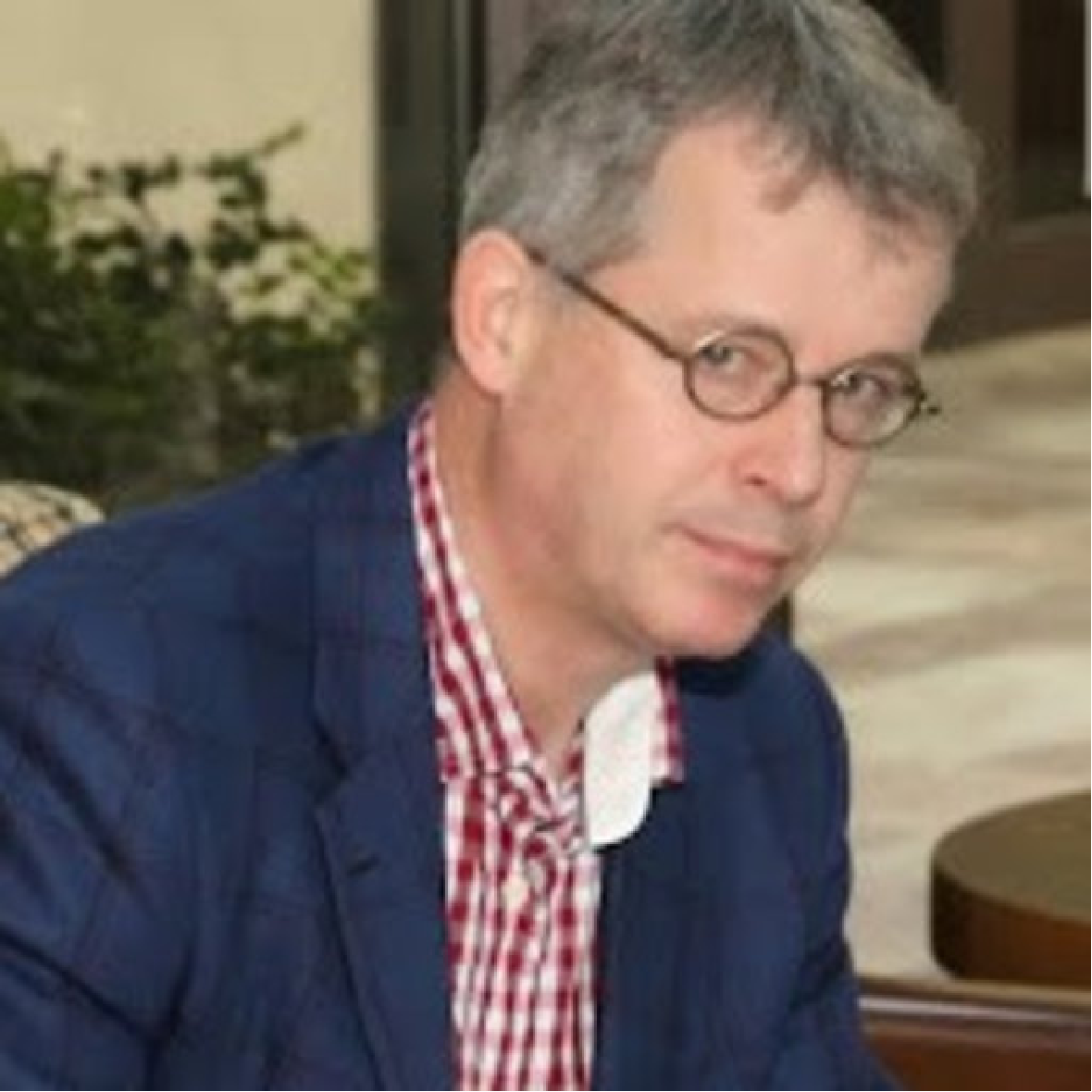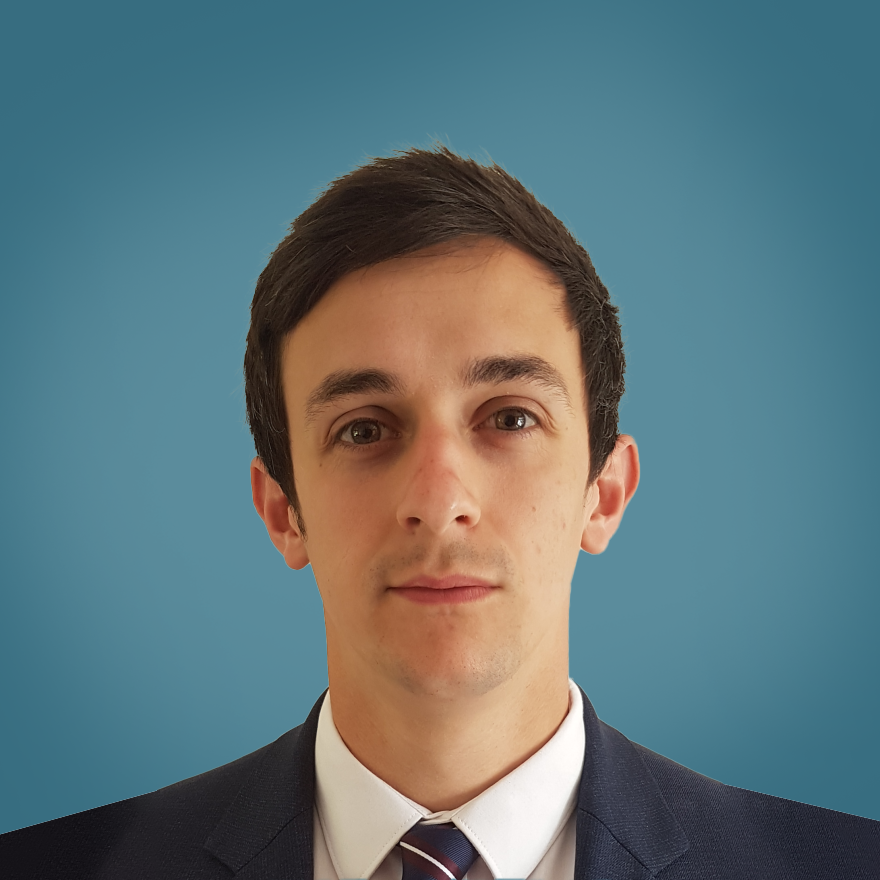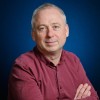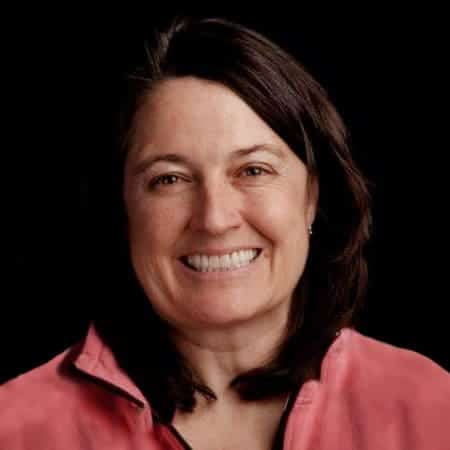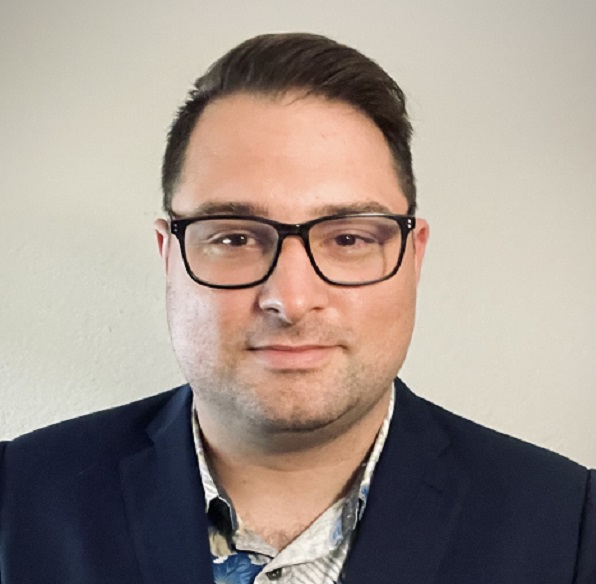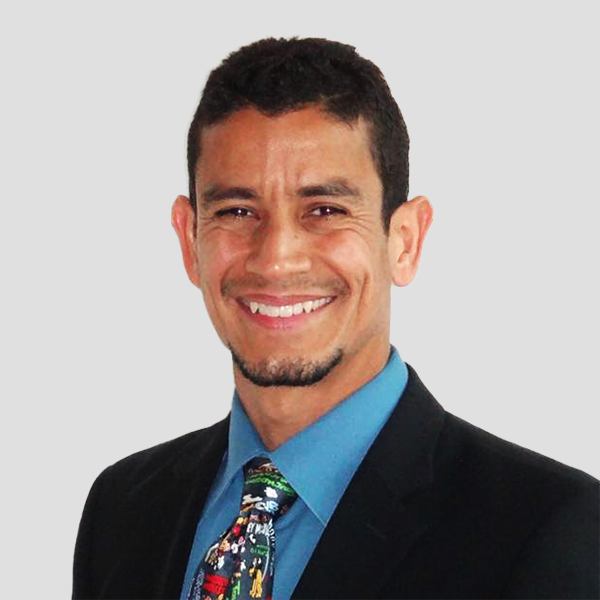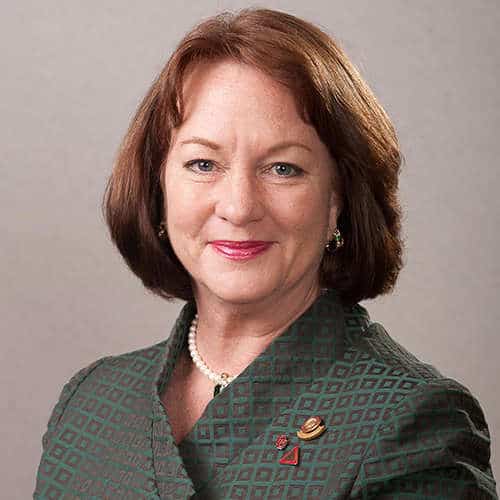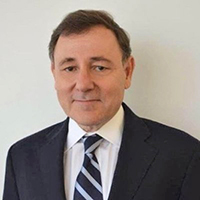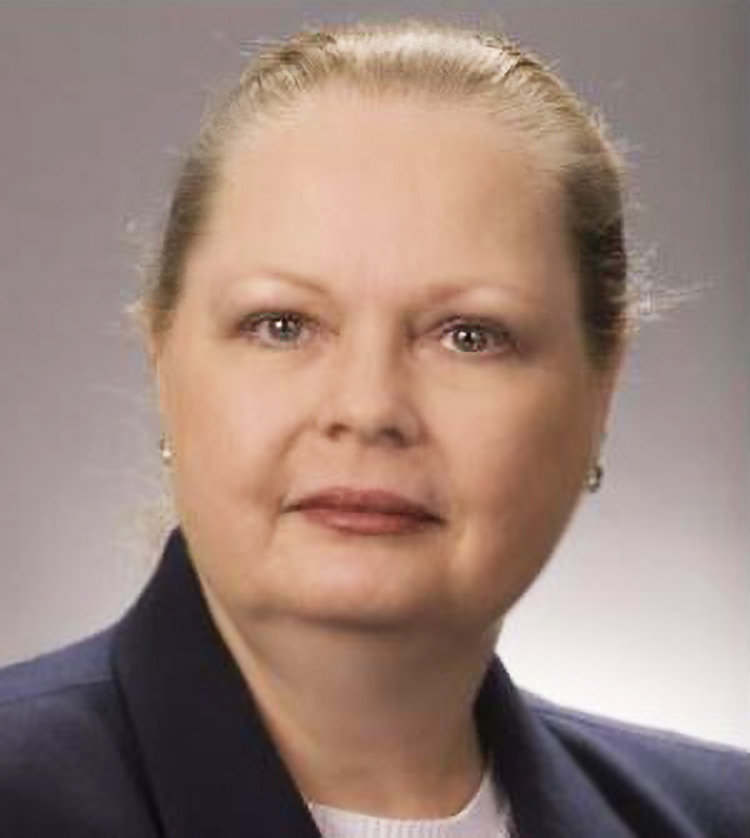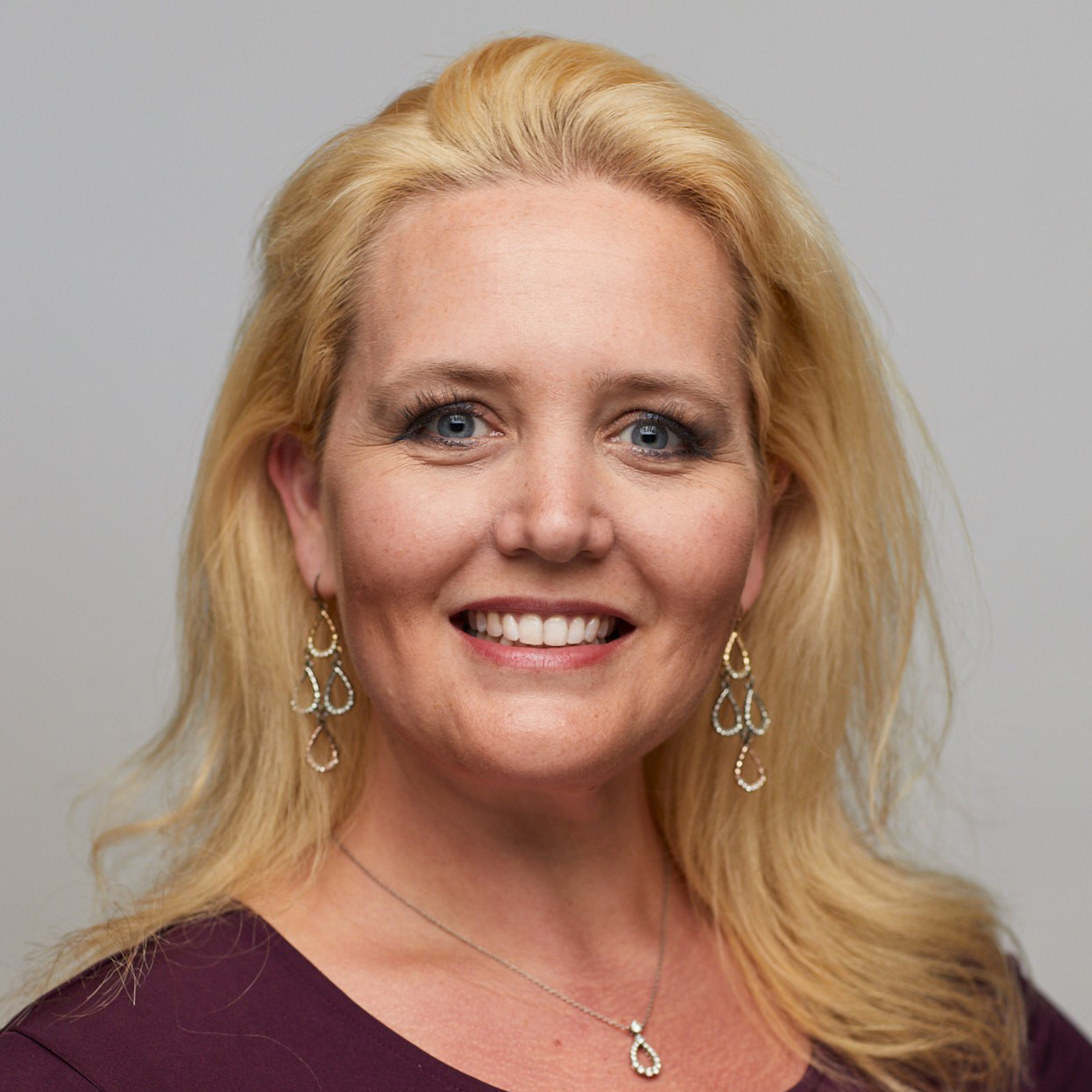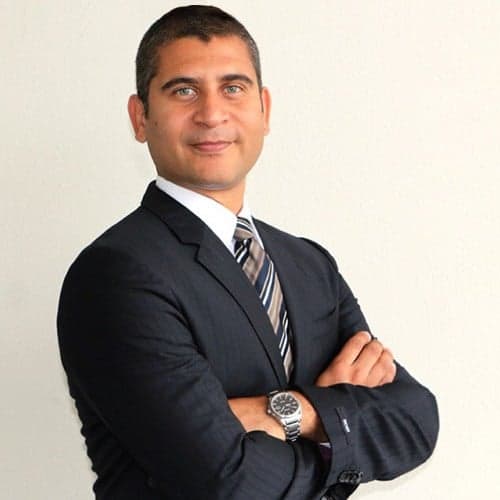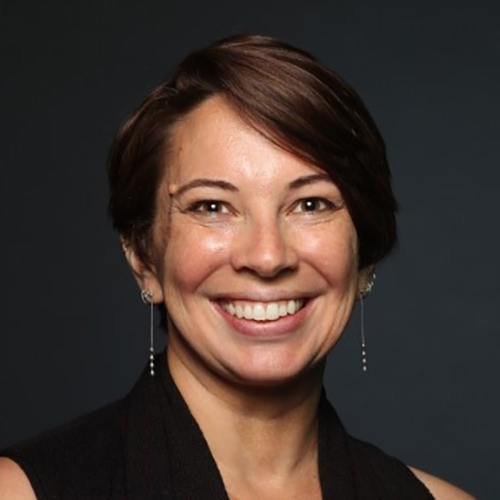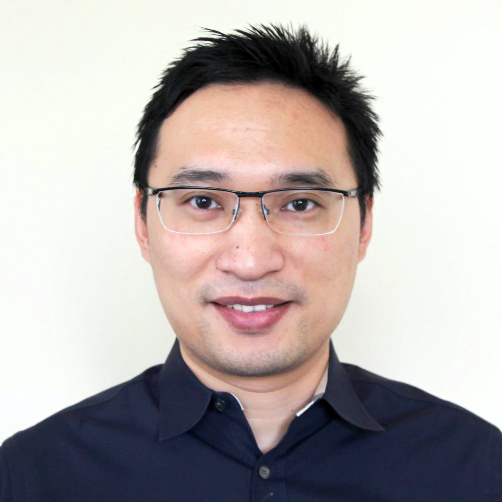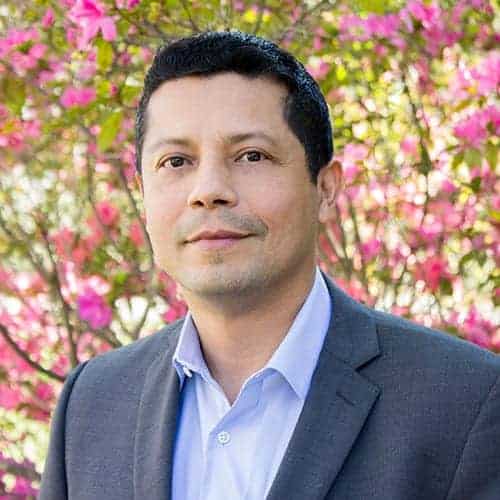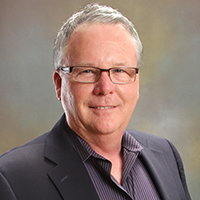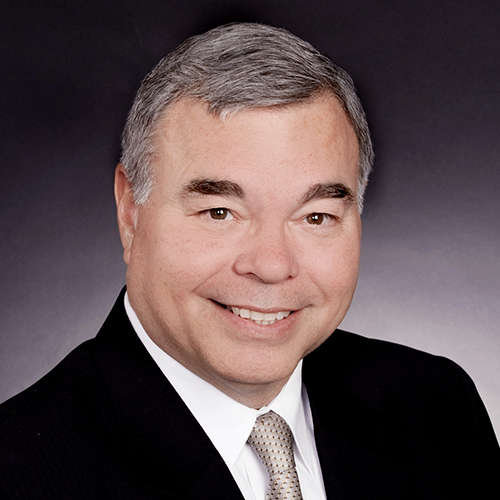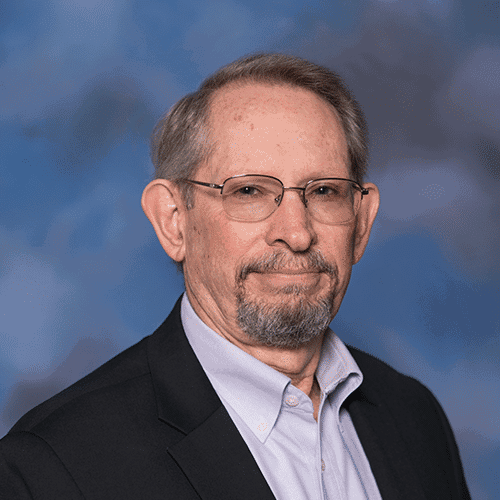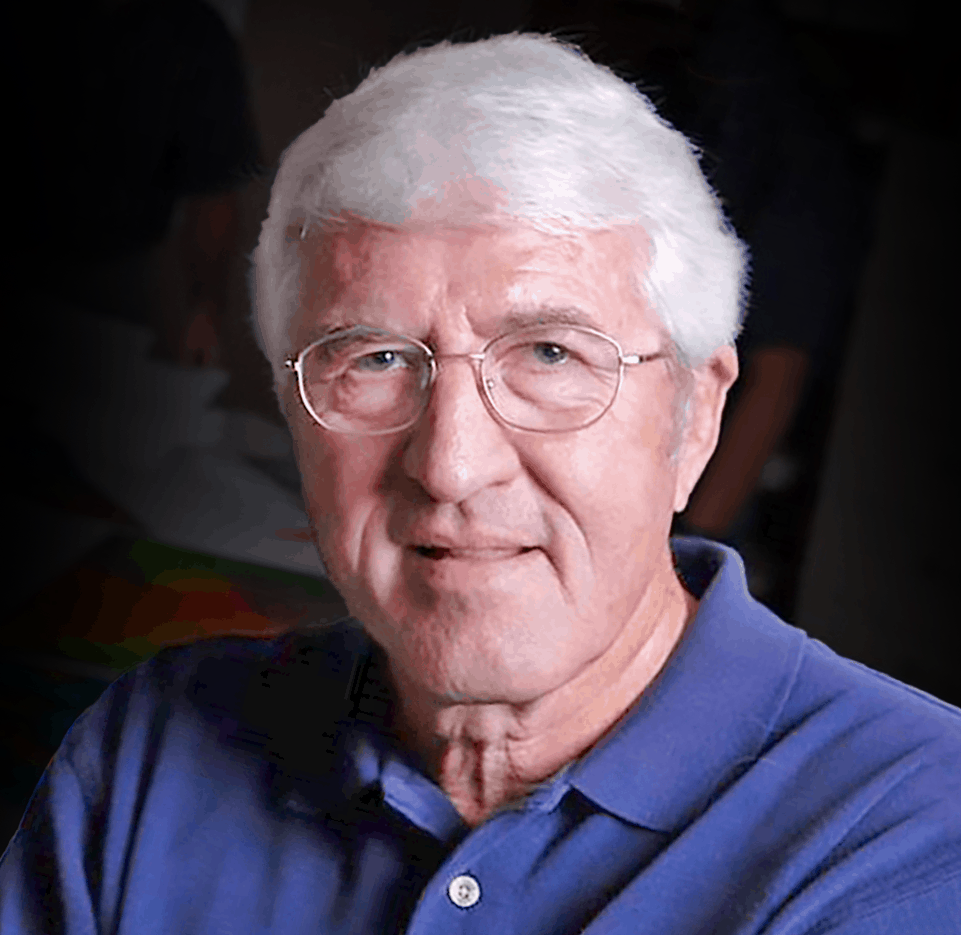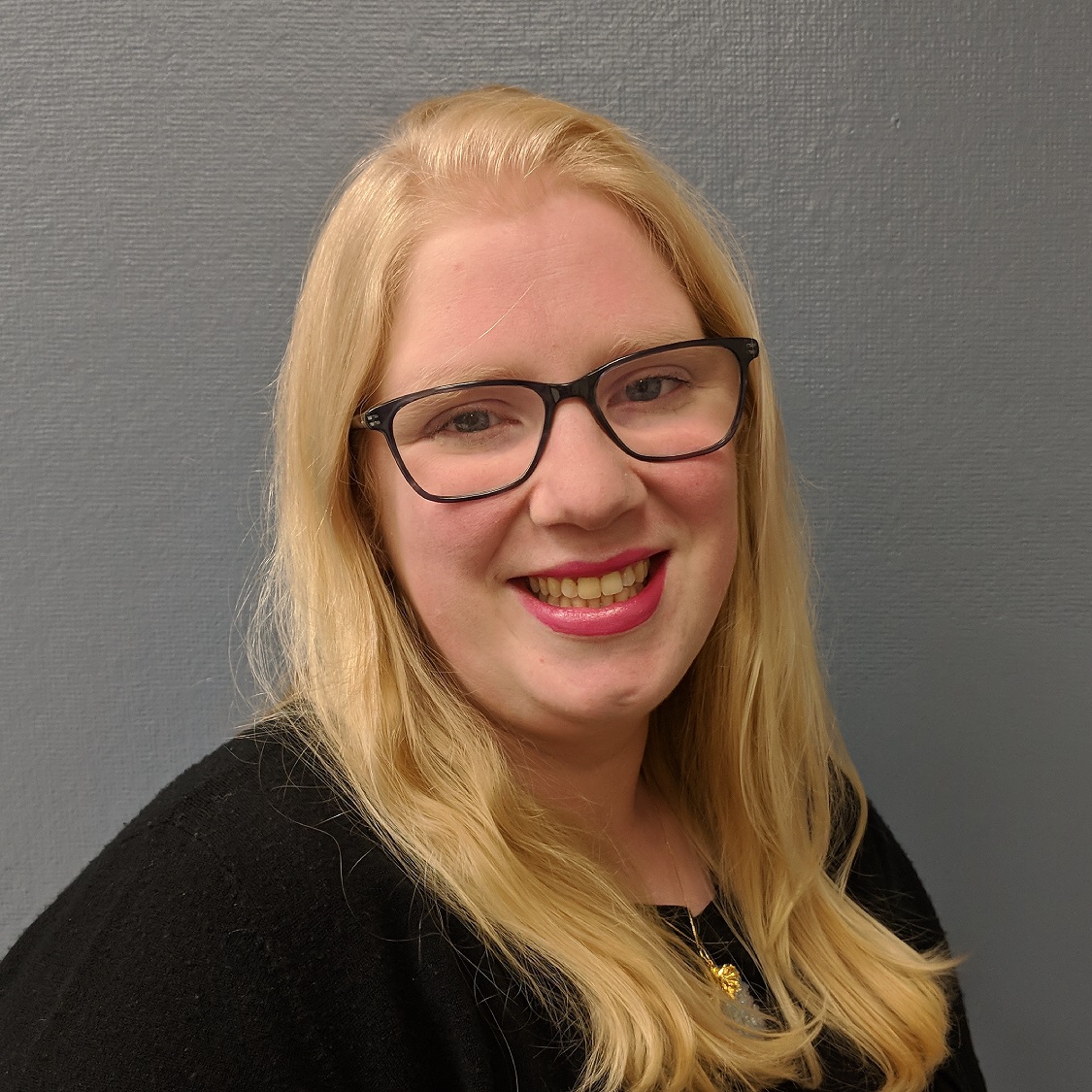Q&A with Dr. Thomas A. Smith | Published with permission: GeoExPro Magazine | September 2014, Volume 11, No. 4
Why did you launch Geophysical Insights after the sale of SMT? Wasn’t it time for a break?
The work at SMT was thoroughly enjoyable, particularly generating new ideas and developing new technology, so after the sale of SMT, it seemed quite natural to continue. I jumped into geophysical research with delight. Geophysical Insights was launched to develop the next generation of interpretation technologies, a result of some of that research. We recognized that there was an opportunity to make a contribution to the industry. Response has been good, with a substantial number of people expressing a great interest in these new ways to conduct seismic interpretation. Here’s why: today we have more data, a greater variety of play concepts, and often less time for interpreters to analyze prospects. In particular, the number of seismic attributes available is now in the hundreds. Witnessing this growing body of information, several years ago M. Turhan Tanner (see GEO ExPro Vol. 3, No. 4), Sven Treitel and I began collaborating on the premise that greater insight may be extracted from the seismic response by analyzing multiple attributes simultaneously. We recognized that advanced pattern recognition methods were being used in many applications outside geoscience that could be adopted to address what we saw as an opportunity to advance the geoscience for exploration and production. Our thoughts on the opportunity were put forward at a 2009 SEG workshop entitled ‘What’s New in Seismic Interpretation’ in a presentation called ‘Self Organizing Maps of Multiple Attribute 3D Seismic Reflections’.
Tell us about the advanced geoscience analysis software platform, Paradise.
Paradise is an off-the-shelf analysis platform that enables interpreters to use advanced pattern recognition methods like Self-Organizing Maps and Principal Component Analysis through guided workflows. In 2009 we organized a team of interpretation software specialists, geoscientists, and marketing professionals to develop an advanced geoscience platform that would take full advantage of modern computing architecture, including large-scale parallel processing. Today, Paradise distills a variety of information from many attributes simultaneously at full seismic resolution, i.e. operating on every piece of data in a volume. This is one of the many differences in the application of machine learning and pattern recognition methods available in Paradise.
What is your perspective on the interpretation needs of unconventional compared to conventional resources?
Both types of plays have their respective challenges, of course. Our work at Geophysical Insights is evenly divided between conventional and unconventional resources; however, there is growth in the use of seismic among E&P companies in unconventional plays. Systematic drilling programs are now being augmented more often by seismic interpretation, which is reducing field development costs by optimizing drilling and development. There is also growing recognition of what is termed ‘complex conventionals’, like carbonates – a geologic setting that requires advanced analysis for the characterization of carbonate reservoir rocks.
Where do you see the next big advances in geophysics?
While traditional interpretation tools have made extensive use of improvements in interpretation imagery, their analysis has been largely qualitative – an interpretation of visual imagery on a screen. Certainly, qualitative interpretation is important and will always have a place in the interpretation process. We see the next generation of technologies producing quantitative results that will guide and inform an interpretation, thereby complementing qualitative analysis. Improvements in quantitative analysis will help interpretation add forecasting to prediction.
Do you think these advances will come from industry or academia?
Bright people and ideas are everywhere, and we must be open to solutions from a variety of sources. Technology breakthroughs are often an application of existing concepts from multiple disciplines applied in a whole new way. I believe that fluid, inter-disciplinary teams, enabled by advanced technology, offer an excellent organizational model for addressing the complex challenges of monetizing hydrocarbons in challenging geologic settings.
Where will these advances originate?
While the U.S. has emerged as a leader in O&G production due in large part to the development of unconventional resources and the application of new technologies, regions outside of the U.S. are beginning to develop these too. It is reasonable to expect that universities and companies in these regions will generate many new technologies, which will be essential to supply the growing demand for hydrocarbons worldwide. I applaud the next generation of geoscientists and hope that they enjoy the work of our industry as much as we do.

